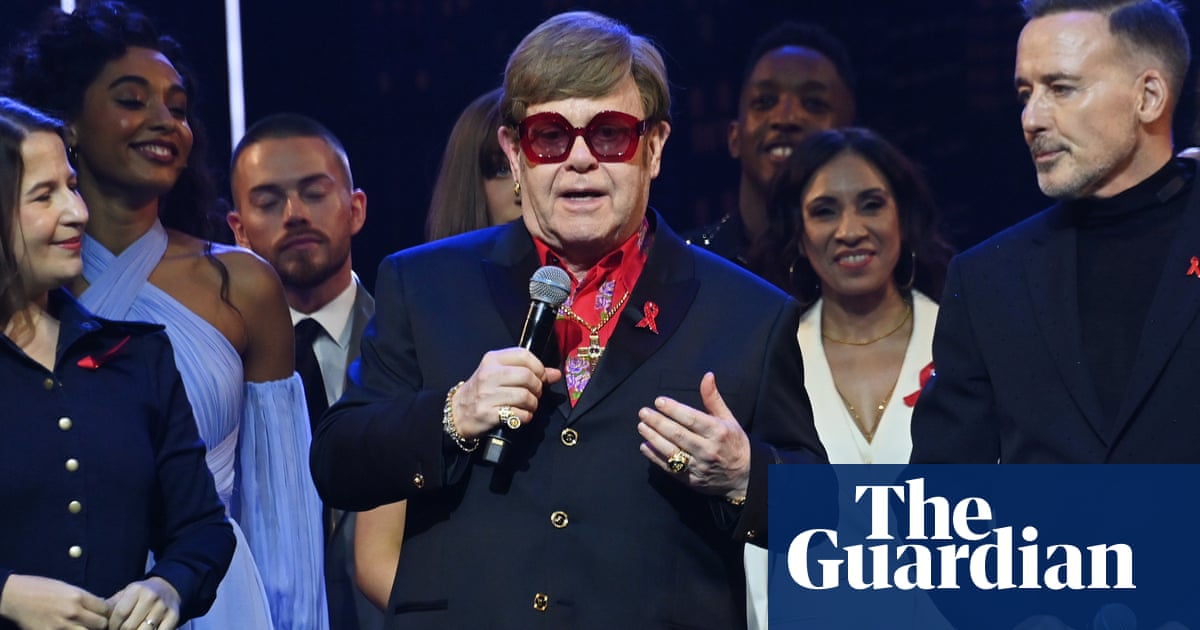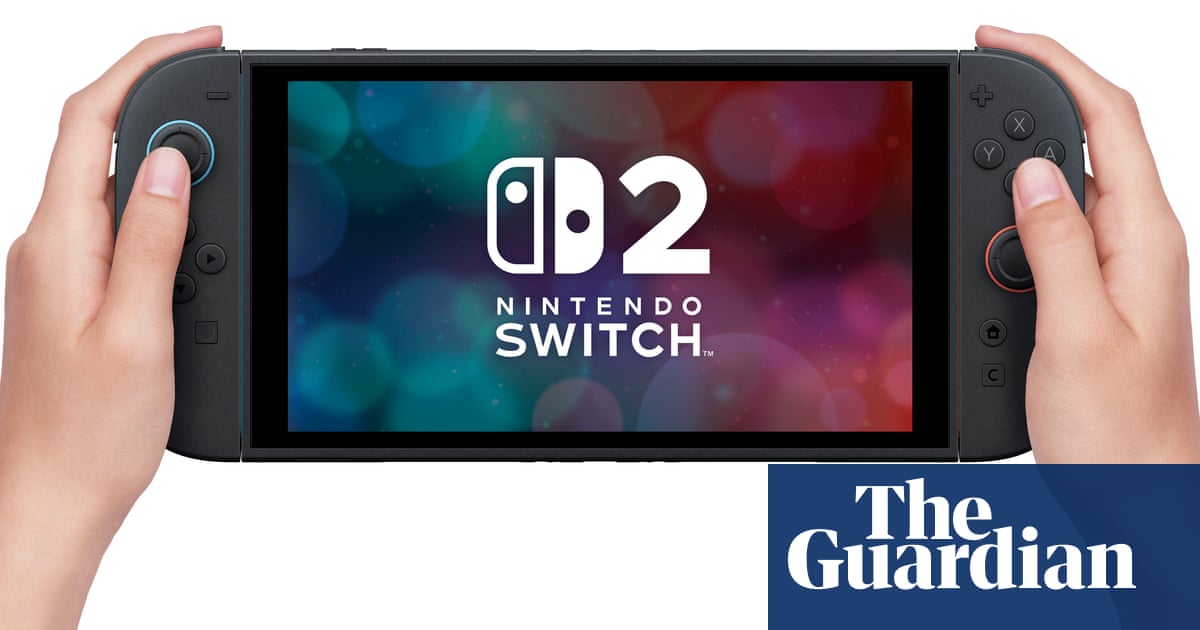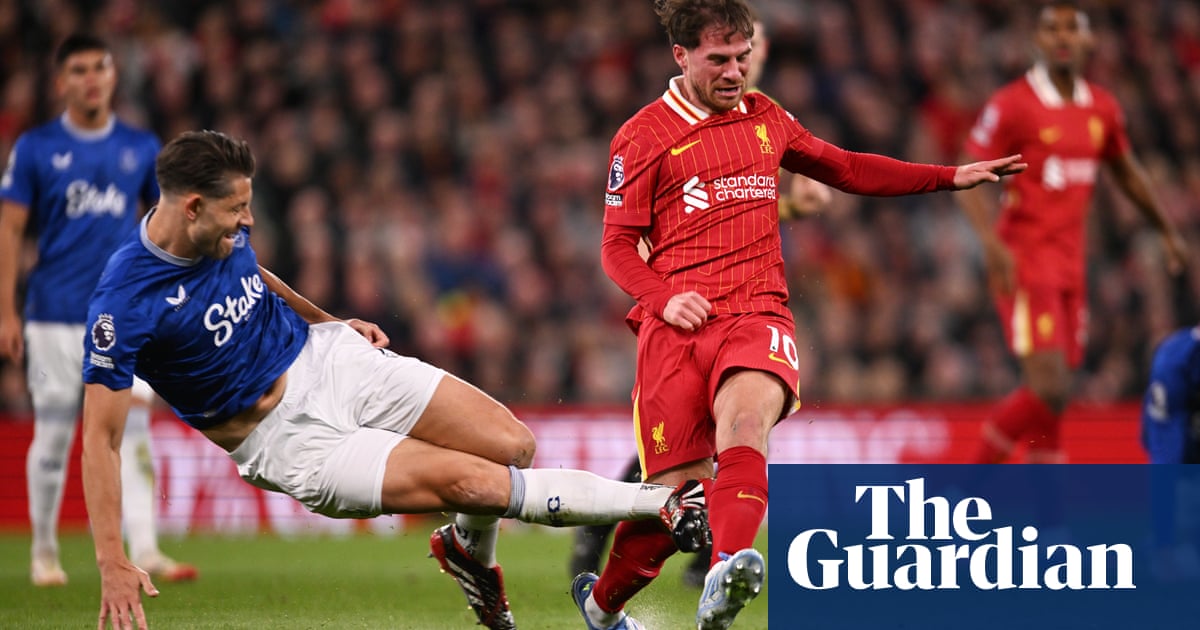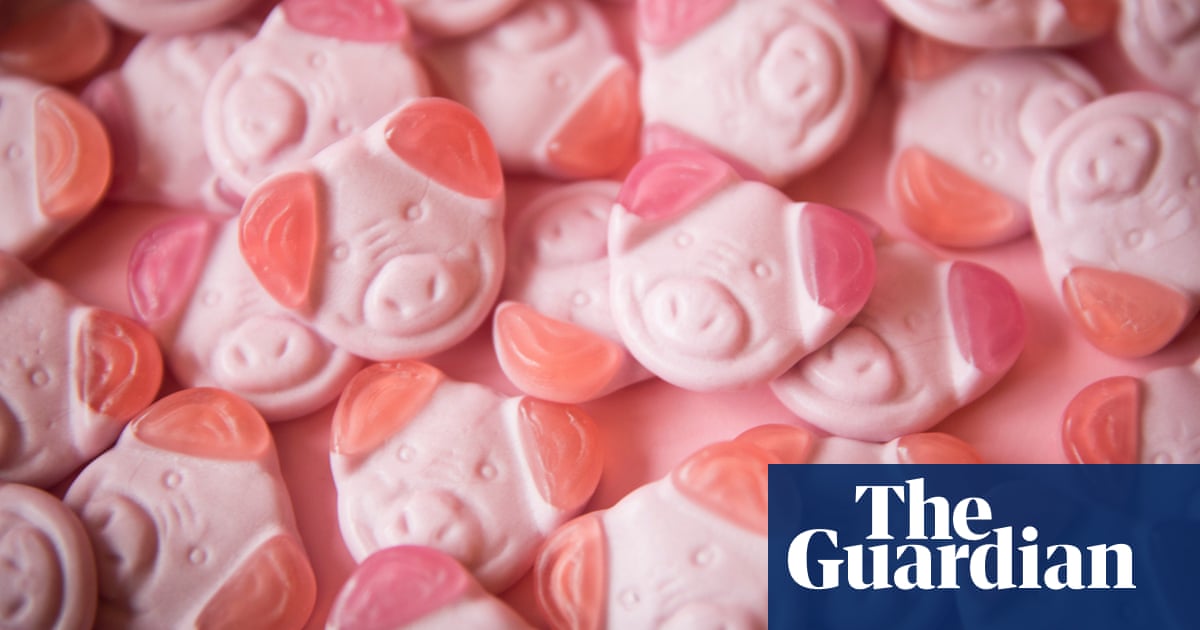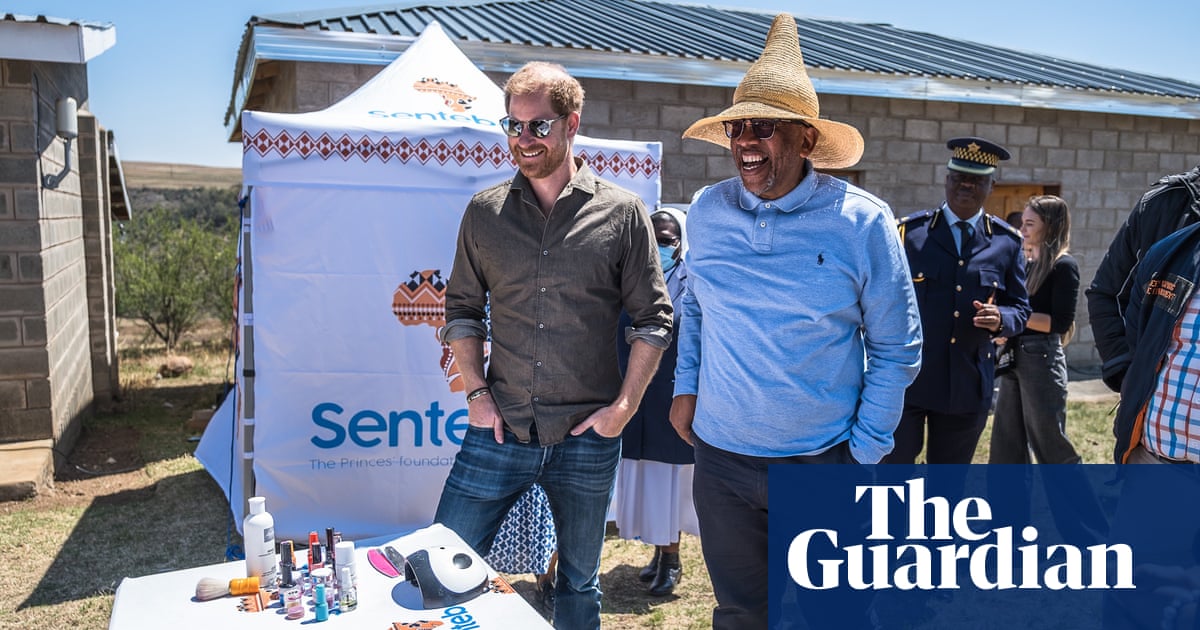Only someone who has never truly experienced the existential dread that comes with holding down a soulless 9-to-5 would ever romanticize corporate life. And yet, this time last year, fashion influencers were doing just that. The “office siren” trend was all over TikTok and headlines in Vogue and InStyle. Sirens, we’re told, wore skintight pencil skirts, collared shirts unbuttoned to show ample cleavage, and maybe a pinstripe vest to tie it all together. It was corporate Barbie cosplay, with nods to a submissive Maggie Gyllenhaal in Secretary, or Betty Boop moonlighting as a call center employee.
Office sirens were celebrating returning to the office post-pandemic while signaling a secret freakiness (one channeled well by Nicole Kidman in Babygirl, in which she played a Lean In feminist CEO who enters into a kinky office romance with a much younger intern and can’t stop adjusting her blouse buttons).
The trend seemed destined to end in a meeting with HR. But that was all part of the appeal: corpcore as a kind of fetishization.

Fast forward to 2025, though, and workers (or those who wish to dress like a cartoonishly sexy version of one) feel less playful. Recession indicators abound, the job market has stalled, stagflation seems imminent. The office siren has died, giving way to a more staid, traditional uniform.
Fortune reported this week that gen Z are “terrified of layoffs and the spiraling economy – so they’re copying Steve Jobs and showing up to the office in uniforms”. On TikTok, young people admitted to copying the Apple founder’s habit of wearing black turtlenecks, Levi 501s and New Balances into the office as a way to signal he didn’t care for the frivolity of dressing up. On TikTok, women share their more conservative go-tos: oversized white boatneck tops, baggy tailored trousers, sweater sets. “I recently found a TikTok about about finding your Steve Jobs outfit, and I realized, wait I have one,” one user said in a video. “I live, breathe, and die in Oxford shirts.”
Freya Drohan, a fashion writer based in New York, says that she has noticed a shift in more image-conscious dressing. “There’s a move away from outfits that are rooted in self-expression,” she said. “People are instead leaning toward safeness in terms of color and silhouette and toeing the line with their outfits. I can’t remember the last time I saw someone commuting or in an office in a bright patterned blouse. Maybe they’re simply too tired to think of putting together unique looks when the news cycle and pace of things is so exhausting.”

“The decision fatigue is real,” said Isobelle Panton, a 32-year-old from Manchester, England, who leads commercial for a podcast production company. “I used to follow trends, but I wound up with an eclectic mix of stuff that didn’t go together. So I decided that I wanted to go with a uniform.” This includes three blazers, three pairs of pants and a couple of tops.
What constitutes a work-appropriate outfit has always been somewhat vague: you know it when you see it. Cierra Gross, founder of the independent firm Caged Bird HR, believes that the desire for more conservative outfits fits into the US’s overall embrace of conservatism, especially in politics. She referenced the fast-fashion brand Pretty Little Thing, which used to sell eye-catching clubwear, but rebranded earlier this year to sell beige shift dresses and brown blazers that wouldn’t be out of place if seen on Karoline Leavitt, Trump’s press secretary. “Now it’s old money, which is a complete 360 from those very revealing, individualistic looks they used to sell prior to the [Trump] administration,” she said.
While the plain, cashmere look might be Republican-coded, it’s also inoffensive and apolitical. That explains the soaring popularity of Quince, a discount site that sells bland, plain clothing (plus home goods) and appeals to younger shoppers who feel they have grown out of overly trendy fast-fashion brands – but not the cheap price tag.
Drohan adds that while corporate sirens may have left the office, you can spot them after-hours. “Ironically, I think gen Z women are more likely to dial up this trend outside of their 9-to-5, when they can cosplay in the vein of what they see on the runway, or what they imagine they might wear if they were on Wall Street,” she said. “There’s an escapism and manifestation element to the look. I can see them wearing pieces associated with the very sexy secretary archetype not necessarily at work, but on their nights out.”

 23 hours ago
3
23 hours ago
3
